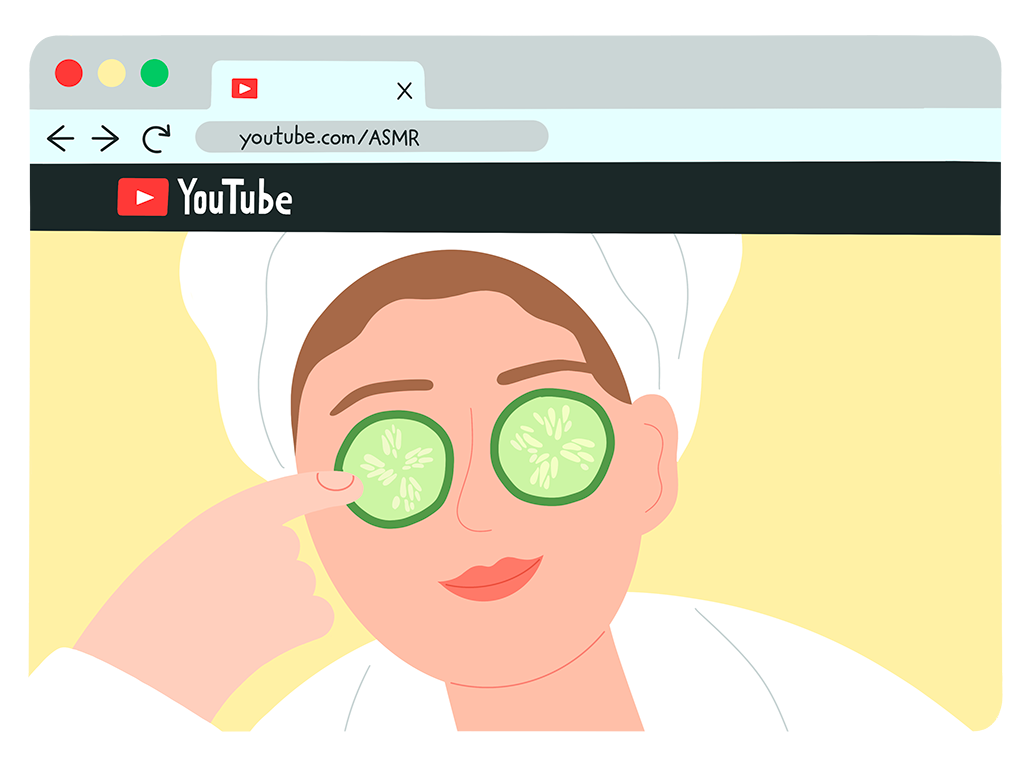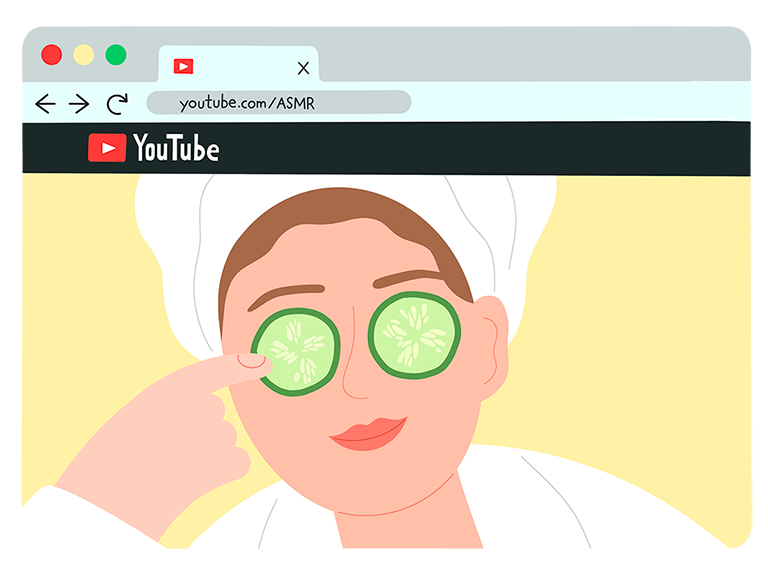To the rhythm of Quevedo's "Quédate," Millennials and Boomers try to put themselves in the shoes of Generation Z, those born between 1994 and 2010, who came into the world with an app in hand, but (spoiler alert): it's complicated. These youngsters have had access to the internet from a tender age, and whether we like it or not, it has influenced their way of expressing themselves and viewing the world. That's why YouTube recently released a report based on surveys conducted with youngsters from more than 10 countries, aiming to better understand this generation of creators and consumers, and the trends they follow and promote. Let's break it down and see what we can learn from Gen Z!
Pop Culture and Viralization
When we talk about pop culture or popular culture, we refer to the set of events and social phenomena that mark an era and are part of the collective imagination of different contemporary generations. It includes all kinds of manifestations and elements: art, current events, daily life customs, publications, movies, series, fashion... Basically, everything you know, and Conchi, your neighbor from the first floor, and her son, who is on Erasmus in Prague, know too.
Often, we overlook Generation Z when planning our marketing strategies. "They are not our target" or "They are not our priority" are two phrases you've probably used at some point or heard from your own client. But Generation Z could be your audience in the near future or the most imminent present (because they also influence their families' decisions). We need to pay attention to them now!
Iratxe Álvarez Amor, Head of Content at Runroom
Pop culture is constantly evolving, and thanks to the internet, it has taken on a pace and movement similar to that of the Dragon Khan roller coaster in recent years. Currently, viral videos and anything that travels at the speed of a click on social media are likely to become part of popular culture. This is true for those of us who are starting to show some gray hair. However, according to YouTube's report, 65% of respondents value content that is created or aligns with their tastes more than what is genuinely relevant to the general audience. So, here's the first clue: Generation Z likes personalization and is not as swayed by what goes viral. In fact, 55% claim to consume content that interests no one else they know.
Key Trends Among Generation Z
After analyzing hundreds of trends, YouTube highlights the following as the main ones in the new pop culture for young people:
1. Creativity and Community
Considering that 61% of respondents consider themselves big fans of something, it's understandable that fan communities and people sharing common tastes and interests form a trend in itself. In the past, fans of something or someone didn't have a true protagonism but were perceived as a consequence of the success or popularity of what they were passionate about. Currently, fans have taken the lead and generate content tailored to their niche, to their community. We can say that there are "professional fans" who serve as inspiration for others.
In the end, all this content generated around a concept, a way of life, or an artist is what a good follower has at their disposal in each search, turning YouTube and other video platforms into the lenses through which a significant part of current pop culture is interpreted.
2. Creativity and Multi-format
If in the report we expected to discover the one big format that captivates Generation Z, sorry, but we are facing an epic fail. This generation doesn't commit to just one thing. While it's true that thanks to platforms like TikTok, short videos are experiencing a great boom, and new creators and audiences are emerging, with 59% of respondents using such apps, it doesn't mean that long formats are disappearing. On the contrary, they cling firmly and, against all odds, remain on the map.
The new way young people consume videos is typically like this: first, they watch the short format with headlines, with the highlights, and if they are interested, they go for the long version to delve deeper. Obviously, many people only stick with the short version, so these pieces must be conceived as a final product in themselves with a clear and communicable concept, considering that it will be consumed out of context.
There's a belief that Generation Z only wants easy and fast consumption content, that they can't see beyond a TikTok or a reel. Nothing could be further from the truth. They spend their time on YouTube; they engage in more closed communities like Twitch; they are part of the podcast phenomenon. We might have this wrong impression because not all brands are able to generate the content that interests them, and they look for it in their favorite creators.
Iratxe Álvarez Amor, Head of Content at Runroom.
And if it wasn't clear enough that this generation is eclectic, we confirm it by discovering that 53% are drawn to online horror content because, yes, it seems that young people perceive and understand this type of content in a different way.
Videos featuring daily routines, people cleaning, organizing, or engaging in tasks that can be relaxing or satisfying to viewers have also become widespread. Of course, there is a wide range of guided meditations and audio options for all preferences. The interesting aspect of this type of content is that the audience tends to be quite loyal, as confirmed by 69% of respondents who claim to watch multiple times the content and channels that brought them comfort.
Another emotional perspective that emerges in the data shared by YouTube is nostalgia. Yes, Generation Z, when feeling sentimental and missing the good moments of the past, turns to their favorite videos and presses play for a cathartic session. I must note that nostalgia is not exclusive to this generation; in recent years, society as a whole has been particularly nostalgic. This trend is evident in the fashion world, constantly reviving past trends, including shoulder pads (hello?), and in the entertainment industry with series like the highly acclaimed Stranger Things, which resonates with the children of the 70s and 80s, or the resurgence of series like "Aquí no hay quien viva," airing in a loop, and series making a comeback, such as "Los hombres de Paco" and "UPA Dance."
In Conclusion
With all the results from the report conducted by YouTube to understand the trends of Generation Z thoroughly analyzed, we can make the following observations:
- Different communities and their dialogue on the internet are a constant source of content, and content personalization is highly relevant.
- Current creators are hybrid creators who navigate between various formats and platforms, and content is consumed in a very anarchic manner. There is room for short videos, but also for those that last hours and allow for in-depth exploration of topics.
- Content responds to the audience's needs, even when seeking emotional well-being, calm, and introspection.
With all this knowledge about Generation Z, their trends, and their influence on current pop culture, older generations have two options: join and become "old-young," or indulge in nostalgia, claiming that the VHS era was always better.
3. Empathetic Creativity
Of the three, this is perhaps the most striking trend, mainly because previous generations know what life was like without the internet, having to look up landline phone numbers in a massive directory. We've prioritized the practicality that the World Wide Web has brought. However, today's youth also use different platforms, mainly YouTube, to consume content that is satisfying on a psychological and emotional level. In fact, 83% of respondents claim to have sought content to relax, and 90% state that a video helped them feel better and transported them to another place.
In addition to professionals openly discussing mental health, emotions, and personal management, many individuals use videos to share their lives and experiences. These are the well-known "Story times" that have become popular in recent years, serving to explore other realities or, conversely, to confirm that there are more people living or feeling the same way.
Another type of content that has experienced tremendous growth is ASMR (Autonomous Sensory Meridian Response), which consists of videos with whispers or soft sounds that can generate a different psychological and physical response in each person. These videos can relax, induce sleep, and/or provoke a slight tingling sensation in the neck. Creators of such videos have multiplied, and their content combines sounds of touching different objects, making relaxing movements in front of the camera, and performing roleplays in which the viewer can "experience" a massage or facial cleansing session firsthand.

